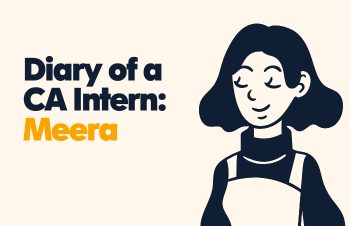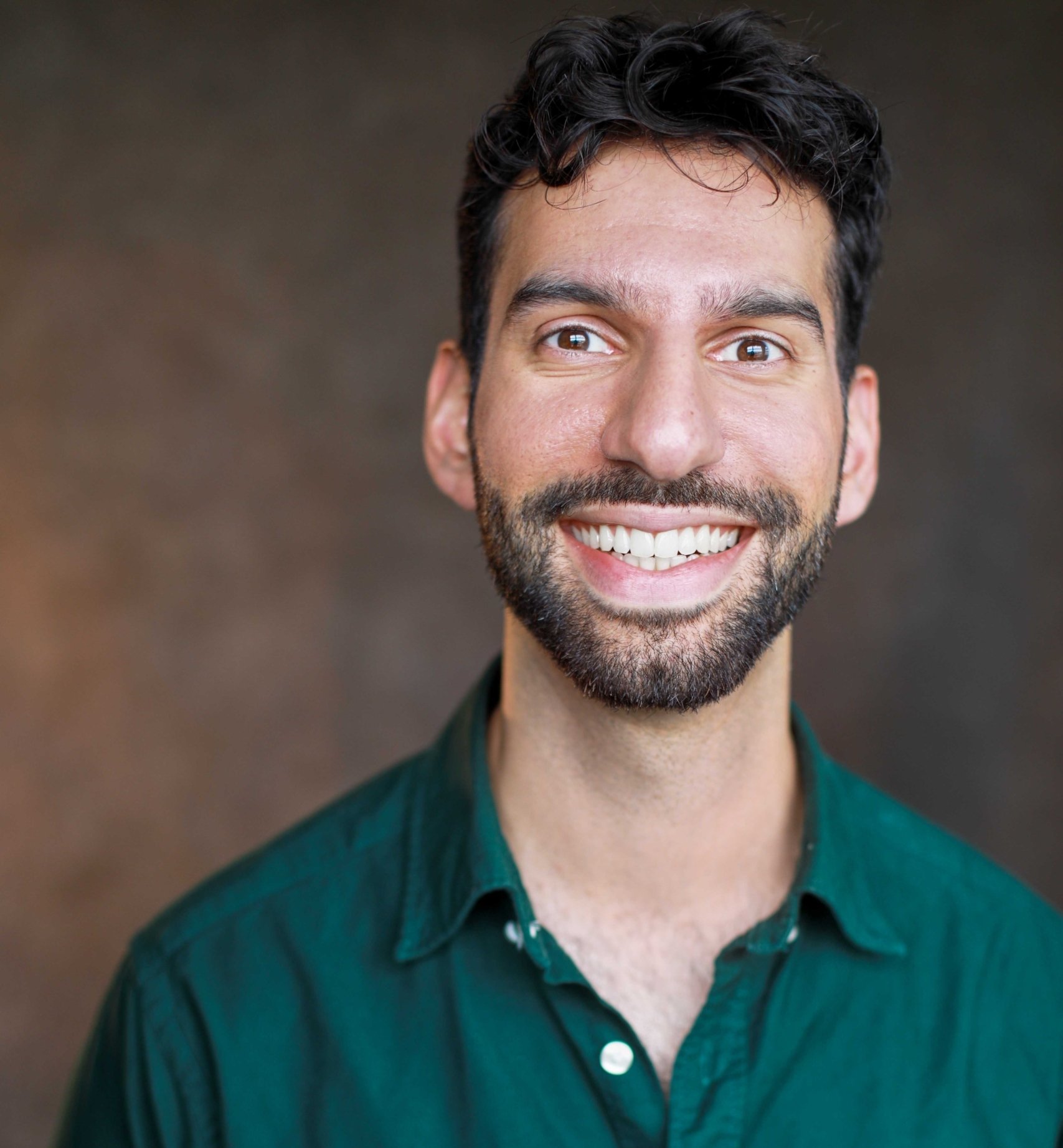Pride month 2021 may be coming to an end but that doesn’t mean we should stop celebrating the wonderful LGBTQIA+ community and sharing the love with them. Have a read of our latest blog post featuring our Creative Access colleagues Jade and Asha. In it, they explain how the creative industries have progressed with acceptance and they share just what Pride means to them.
How have the creative industries progressed with inclusion for the LGBTQIA+ community?
Jade: As someone who identifies as queer, growing up, I didn’t really see same-sex couples on TV. The same applies to other media – like books and video games – they weren’t as inclusive as they are now. The way industries are writing their characters these days and looking to diversify their content as well, as their audiences is fantastic. You don’t have to look very far.
You can also see this very clearly in children’s shows; with the emergence of Steven Universe as well as the Disney show The Owl House. The directors are openly able to say their characters are part of the LGBTQIA+ community and the relationships feature same-sex couples. It’s great to have something so overt which everyone can enjoy. Seeing these characters as a part of everyday life is super important as well.
For me, pride is the past, the present, and the future together as one
Asha: There’s definitely been an increase in LGBTQIA+ representation in the media and I’ve noticed a growing awareness of intersectionality and with things like race and class. I’ve also seen an even greater understanding of the range of gender identities. A good example of this is seeing people state their pronouns in their email signatures, which is very encouraging.
What more can be done to help with the progression?

Jade: When companies speak about people from under-represented groups, I think it would be helpful to specify the LGBTQIA+ community as well. Visibility on-screen should really reflect visibility off-screen, as that’s where it starts. It’s just as important to have LGBTQIA+ characters, as it is to have queer writers, queer artists, and queer novelists who can help bring worlds to light in a way that reflects experiences. It’s different when you’re viewing LGBTQIA+ identities through the lens of somebody who is perhaps cis and heterosexual, because they might not have an understanding of experiencing homophobia within family and friendship groups.
It’s really important for audiences to relate to the characters they are watching or reading about and making sure it isn’t just a typecast or a stereotype of their identities. To really help with progression you need to make sure everyone is being cast correctly at pre-production and onwards from there.

Asha: Don’t get me wrong, I am super encouraged about the progress that has been made over the past decade, but there is
still quite a lot of work to do. It’s great that we are seeing more and more LGBTQIA+ characters on screen but it’s important that this is reflective behind the scenes and across the creative industries as well. It’s also important that more LGBTQIA+ people are creating things and are paid fairly for what they create. We need to make sure that representation is reflective and it pushes the community forwards. Just listening to others, colleagues friends, family members, and not expecting other people to always educate you is key too.
Can you tell us what it’s like being women of colour and part of the LGBTQIA+ community in the creative sectors?
Being a woman of colour is a pride I have been able to share with my family.
Jade: I’ve always felt really proud of it and something I have realised over time is that when you’re trying to find your place in the world and when you’re realising your identity, it can stir up a feeling of loneliness. You may not have others around you who can fully understand you and you may also have not come out to anyone yet.
Being a woman of colour is a pride I have been able to share with my family and learning about my heritage is part of my identity and helps me relate to my community around me.
Be proud of who you are, always.
When you’re queer, you spend a lot of time figuring out who you are and what your understanding of the world is. Then comes expressing your identity and telling people around you. For me, that happened quite young. I knew I was LGBT when I was 12, but being so young and not having a lot of inclusive media that reflected my experience made me feel like an outsider. So, for kids growing up today, I hope they have a different experience. This is the motivation for me with whatever work I do: I work to make sure what I do is reflective of different groups.
Asha: I’ve only been in the creative sectors for a few months, but I’ve had a really positive experience. I know this isn’t the case for everyone and again, improvements still need to be made. But, compared to other sectors I’ve worked in, there is a greater understanding of accepting people and being more approachable. People seem to be more willing to listen in the creative sectors and hear what you’re saying.
I knew I was LGBT when I was 12 but being so young and not having a lot of inclusive media that reflected my experience made me feel like an outsider
Who do you look up to for inspiration in the creative sectors and beyond?
Jade: I have so many inspirations, to be honest. I adore Indya Moore, who identifies as non-binary and transgender. They’re an actor and they play a character called Agnel in the TV show Pose, which is just an amazing project as it explores the impact of HIV/Aids and how a community can be a family and celebrate each other’s creativity. Everybody who plays a part in that TV show is aware of just how important it is to still be an activist now as there will always be room for improvement. Especially for gaining more LGBTQIA+ rights in other countries as well as overcoming discrimination in workplaces and other environments and Indya Moore is very on the ball with that.
A sector I’m passionate about is animation and Rebecca Sugar is leading the way in that field for me. Rebecca is a bisexual and non-binary American animator and they helped create Steven Universe as well as Adventure Time and other shows. Steven Universe was a huge landmark for TV because you have two female characters getting married and that was the first time it had been done on Cartoon Network, so it was huge.
How long have you been with your girlfriends and when did you know they were the ones?
Jade: I’ve been with my partner since last summer and everyone jokes that it’s a ‘covid romance’. We’d actually known each other for a few years prior to that and we studied the same course, but we were in different year groups until the final year. She moved into a house with some friends of mine and I got to know her. The most important thing for me is that everything feels natural. It’s very easy to feel a little afraid in relationships at the beginning but if there’s no hesitancy, you get along well, you’re excited and happy and everything falls into place, then you can’t really ask for anything else.
Asha: We’ve been together for four and a half years and I knew she was the one for me around two months into our relationship. We were living together, that’s how we met and I’ve been extremely happy ever since.
People seem to be more willing to listen in the creative sectors and hear what you’re saying.
And finally, what does Pride mean to you?
Jade: To me, Pride is an opportunity to acknowledge that there comes a great joy in gathering around others who have shared the same or similar experiences with you with their sexualities, identities, and genders. Having so many people around openly celebrating – despite circumstances that may have made them feel excluded – feels like a chance to fully embrace yourself and just acknowledge that despite anything and everything, you didn’t let yourself stop being you. I think that’s the most important part.
Pride is the past, the present, and the future together as one.
Asha: For me, Pride is the past, the present, and the future together as one. It is a celebration of history, optimism of what’s to come and celebrating the here and now.




